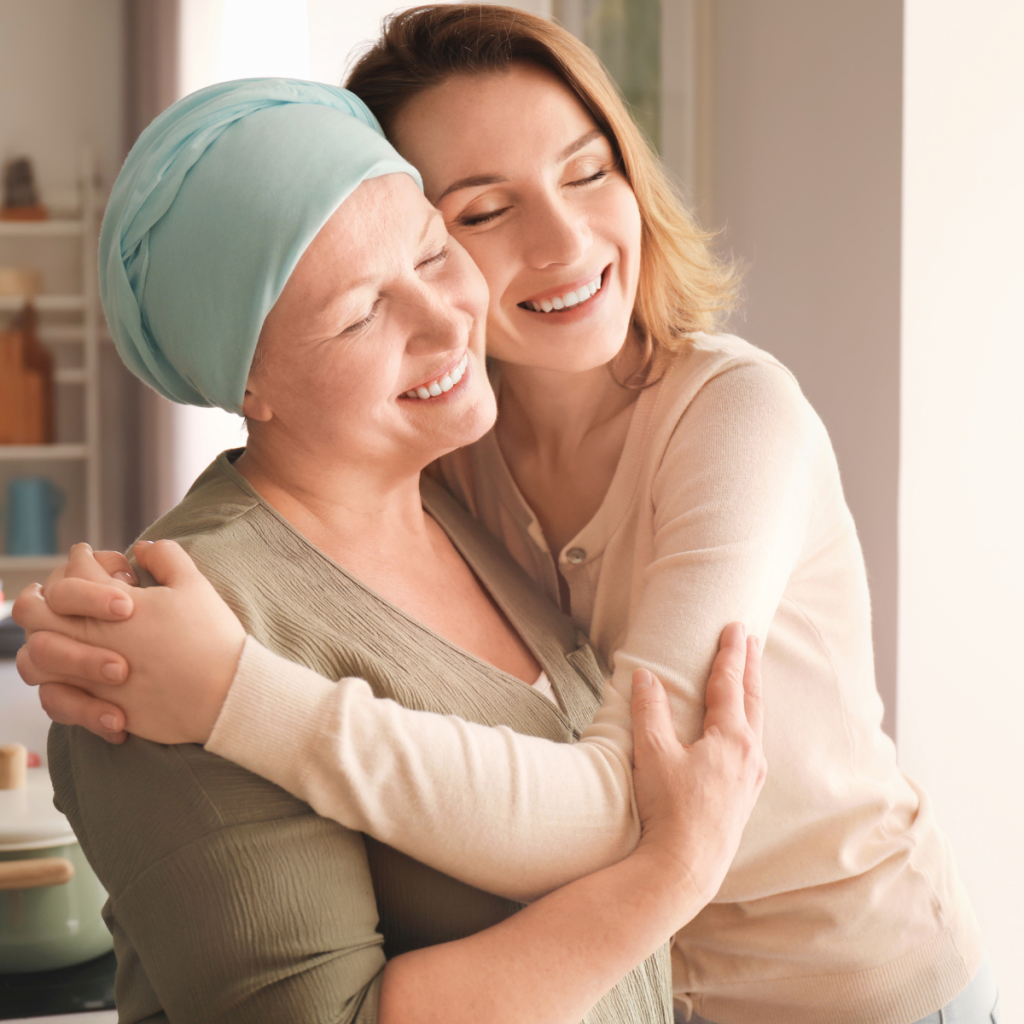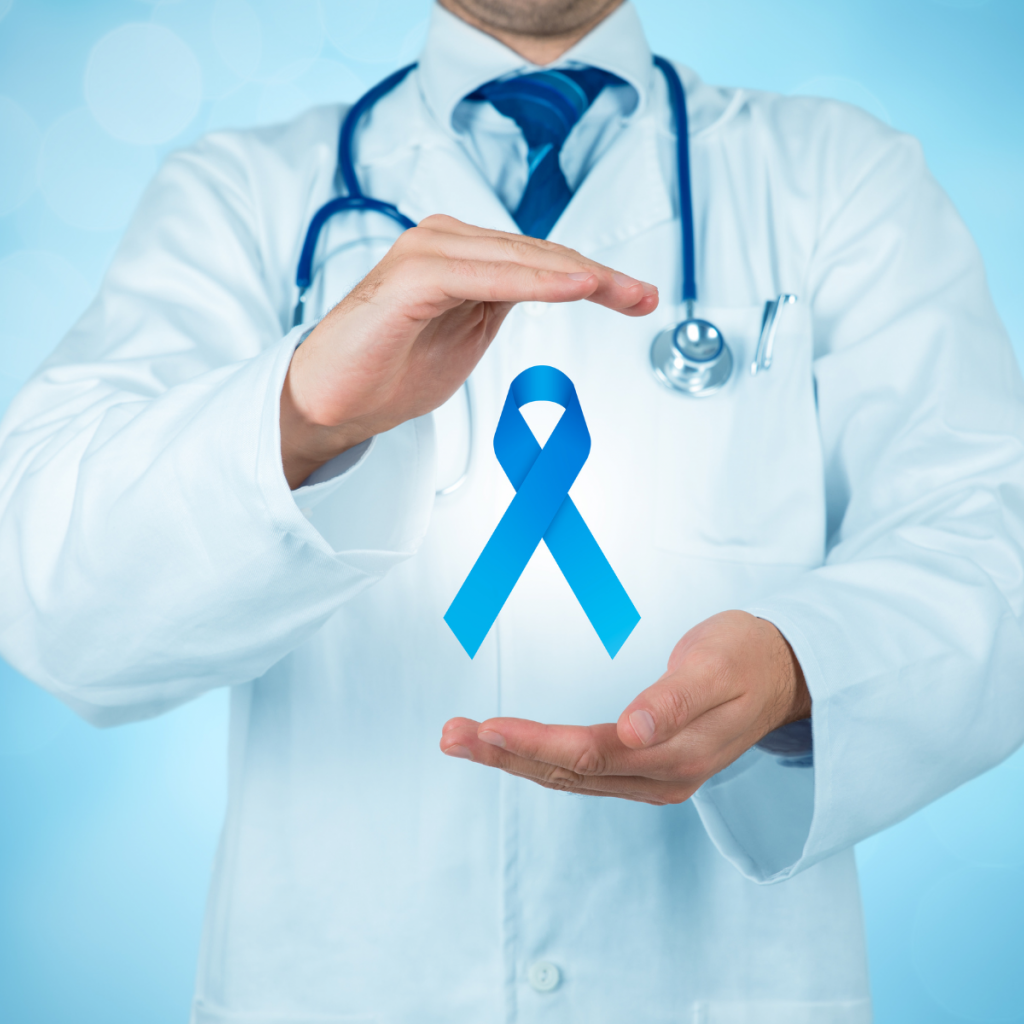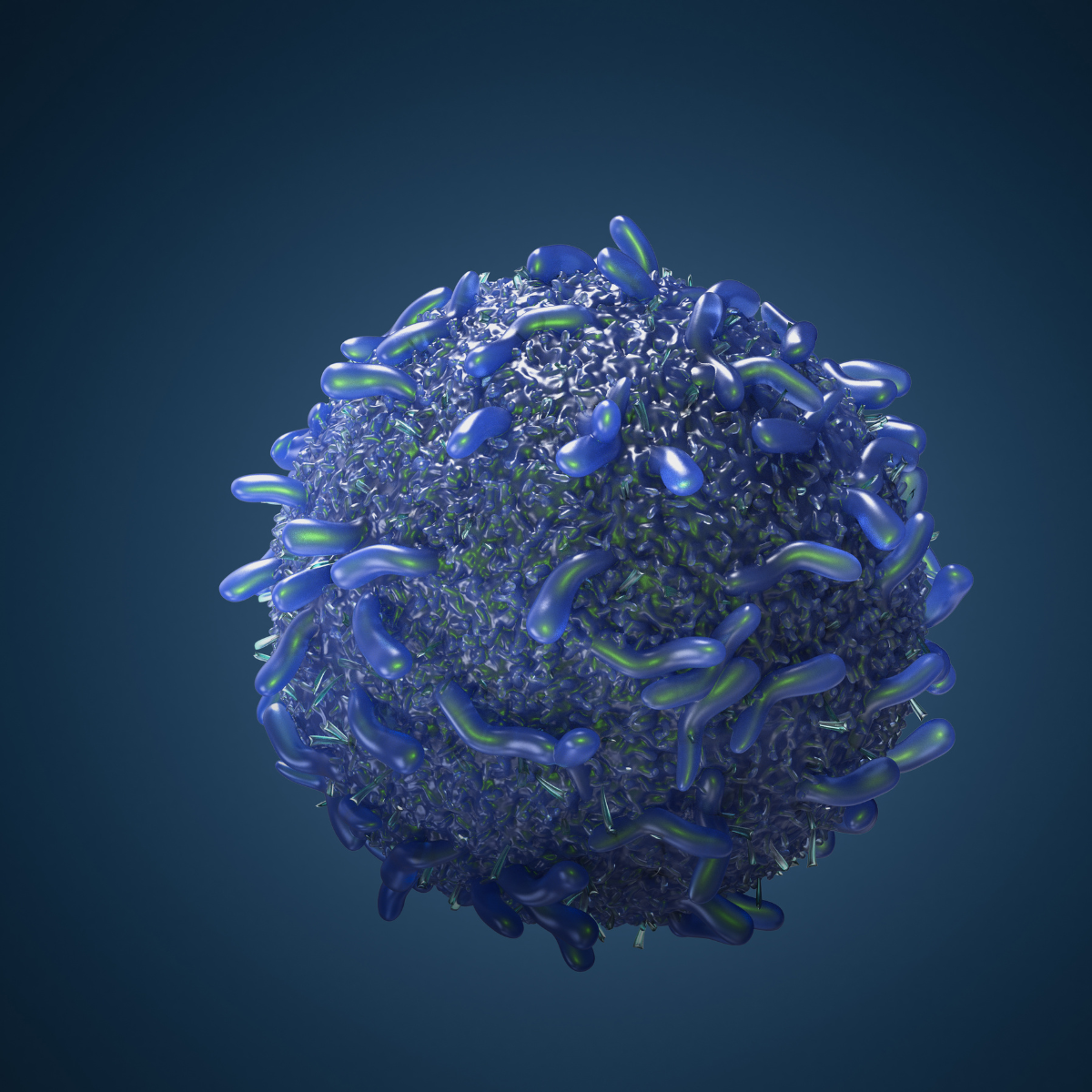Cancer is a complex and life-altering condition that affects millions worldwide. It develops when abnormal cells in the body grow uncontrollably, interfering with normal bodily functions. This disease can occur in nearly any part of the body and has many forms, such as breast cancer, lung cancer, or prostate cancer. Understanding what causes cancer and the factors that increase its likelihood can help individuals make informed decisions about prevention and early detection. In this article, we’ll delve into what cancer is, its causes, and key risk factors to watch for, empowering you with valuable knowledge to protect your health.
Understanding Cancer: A Brief Overview
At its core, cancer begins at the cellular level. The human body is composed of trillions of cells, which grow, divide, and die in a regulated manner. Cancer occurs when this process is disrupted, leading to the formation of abnormal cells. These abnormal cells can form a mass, known as a tumor, which may be benign (non-cancerous) or malignant (cancerous).

Malignant tumors have the ability to invade nearby tissues and spread to other parts of the body through the bloodstream or lymphatic system. This process is called metastasis. While some cancers, like leukemia, do not form solid tumors, they still involve the unchecked growth of cells that can interfere with normal bodily functions.
What Causes Cancer?
Cancer does not have a single cause. It is often the result of a combination of genetic, environmental, and lifestyle factors. Understanding these causes is essential for prevention and early detection.
- Genetic Mutations
Cancer begins when the DNA inside cells becomes damaged or mutated. These mutations may be inherited or occur during a person’s lifetime due to environmental exposure, infections, or errors in cell division. Inherited mutations, such as those in the BRCA1 or BRCA2 genes, are known to increase the risk of certain cancers, such as breast or ovarian cancer. - Environmental Factors
Exposure to harmful substances in the environment can significantly increase cancer risk. Carcinogens, such as tobacco smoke, asbestos, and certain chemicals, are well-documented causes of cancer. Long-term exposure to ultraviolet (UV) radiation from the sun or tanning beds is a major cause of skin cancers like melanoma. - Lifestyle Choices
Certain behaviors and habits can raise the likelihood of developing cancer. Smoking is the leading preventable cause of cancer worldwide, contributing to lung, throat, and other cancers. Excessive alcohol consumption and a poor diet lacking in fruits, vegetables, and whole grains are also associated with a higher risk. - Infections
Some viruses and bacteria are linked to cancer development. Human papillomavirus (HPV) is a known cause of cervical cancer, while hepatitis B and C viruses are associated with liver cancer. The bacterium Helicobacter pylori, which causes stomach ulcers, is also a risk factor for stomach cancer.
Key Risk Factors for Cancer
While anyone can develop cancer, certain factors can increase an individual’s likelihood. Recognizing these risks can help in taking preventive measures.

1. Age
Cancer risk increases with age. Most cancer cases are diagnosed in individuals aged 50 and above. As the body ages, it accumulates genetic mutations, and the immune system becomes less effective at detecting and eliminating abnormal cells.
2. Family History
A family history of cancer can indicate a higher genetic predisposition. For example, women with close relatives who have had breast or ovarian cancer may have a higher risk due to inherited genetic mutations. Genetic counseling and testing can help individuals understand their inherited risk.
3. Smoking and Tobacco Use
Tobacco use is the most significant modifiable risk factor for cancer. It is responsible for approximately 22% of cancer deaths worldwide. Smoking not only causes lung cancer but is also linked to cancers of the mouth, throat, pancreas, and bladder.
4. Diet and Physical Activity
An unhealthy diet and sedentary lifestyle can contribute to cancer development. Obesity is linked to increased risks of several cancers, including breast, colon, and kidney cancer. Regular exercise and a balanced diet rich in antioxidants, fiber, and healthy fats can help reduce this risk.
5. Alcohol Consumption
Excessive drinking is associated with a higher risk of cancers of the mouth, throat, liver, colon, and breast. Alcohol can damage cells and increase the effects of other carcinogens, such as tobacco.
6. Radiation Exposure
Prolonged exposure to radiation, whether from UV rays or medical imaging, can damage DNA and lead to cancer. UV radiation is a primary cause of skin cancer, while ionizing radiation from X-rays and CT scans carries a smaller risk, particularly with frequent exposure.
7. Hormonal Factors
Hormonal imbalances, whether natural or caused by external factors like hormone replacement therapy, can influence the risk of certain cancers. For instance, prolonged exposure to estrogen is linked to a higher risk of breast cancer.
8. Chronic Inflammation
Chronic inflammation caused by long-term infections, autoimmune diseases, or untreated medical conditions can lead to changes in cells and increase cancer risk. Conditions such as inflammatory bowel disease are linked to a higher likelihood of colon cancer.
9. Exposure to Chemicals and Pollutants
Occupational exposure to chemicals like benzene, arsenic, or formaldehyde can elevate cancer risk. Similarly, air pollution and contaminants in water and soil are linked to certain cancers, such as lung and bladder cancer.
10. Compromised Immune System
Individuals with weakened immune systems, whether due to medical treatments like chemotherapy or conditions like HIV/AIDS, are more susceptible to cancer. The immune system plays a crucial role in detecting and destroying abnormal cells before they develop into cancer.
Preventive Measures to Reduce Cancer Risk
While not all cancers are preventable, taking proactive steps can significantly lower the chances of developing the disease.

- Avoid smoking and limit alcohol consumption to reduce exposure to known carcinogens.
- Maintain a healthy diet rich in fruits, vegetables, lean proteins, and whole grains to support overall health.
- Exercise regularly and aim for a healthy weight to reduce the risk of obesity-related cancers.
- Protect your skin by using sunscreen and avoiding prolonged sun exposure.
- Get vaccinated against viruses linked to cancer, such as HPV and hepatitis B.
- Attend regular screenings for common cancers, such as mammograms, colonoscopies, and pap smears. Early detection improves treatment outcomes.
- Minimize exposure to environmental toxins and pollutants whenever possible.
Conclusion
Cancer is a multifaceted disease influenced by genetic, environmental, and lifestyle factors. Understanding its causes and risk factors is essential for prevention and early detection. While some risks, such as age or genetics, are beyond our control, making healthier lifestyle choices can significantly reduce the likelihood of developing cancer. Regular screenings, maintaining a healthy weight, avoiding harmful substances, and staying informed about your family history are key steps toward safeguarding your health. Knowledge is power, and being proactive can make all the difference in the fight against cancer.

Leave a Reply